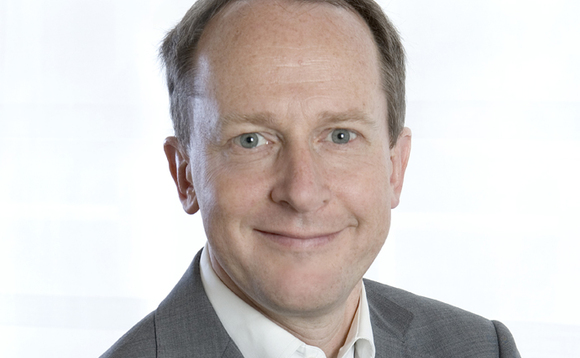
Cipio Partners Q&A: venture direct secondaries

Cipio Partners managing director Roland Dennert talks to Kim Richters about what venture capital could gain from direct secondaries as a potential exit route.
Kim Richters: At the recent EVCA venture conference, a panel on which you featured highlighted direct secondaries as an alternative exit route for venture capital investments alongside IPOs and trade sales. What's behind this trend?
Roland Dennert: Over the last 10 years, the European market has changed significantly. One of the major changes is the increased length of the average holding period. In 2000, the average holding period was around three years, while today the average is seven years. So, if the average period is seven years, then general partners will also hold onto some of their portfolio firms for even longer. This has become a major problem because, as a result, it is much more difficult for private equity houses to raise funds if their existing portfolios have not been realised yet.
Moreover, the mounting pressure felt by private equity firms to divest portfolio companies can then lead to GPs pushing firms into premature trade sales – not because the firm is ready to do so, but because they need an exit on their track record.
Both of these factors prove to be extremely counterproductive for the market. However, secondary direct investments are able to solve both of those problems. Such a transaction provides needed liquidity to GPs, hence establishing their track record and satisfying their investors, but without fully exiting the portfolio firm.
KR: How can portfolio firms benefit from a secondary direct transaction?
RD: The portfolio firm also benefits from such an investment as it is able to regroup its investor syndicate. By teaming up with new investors, who offer fresh liquidity for follow-on investments and a different skill set in growing late stage businesses, they are more likely to achieve a trade sale in a few years.
Secondaries directs allow portfolio companies to "go for the long haul" in order to reach an IPO or trade sale when the company is at scale and profitable. Giving companies the time and capital they need enables us to build sizable European technology firms which, following an IPO, can then become acquirers in their own right. In my opinion, these are the successes needed in Europe: not only more €30m or €40m trade sales, but companies able to reach and maintain a leading market position in their sectors.
KR: Who are the typical sellers in this market and how have transactions changed in recent years?
RD: We invest in growth-stage technology firms that still need another two to three years in order to reach a profitable IPO or trade sale, but which have investors who need liquidity and want to divest. Those investors are typically classic venture capital firms and business angels, as well as the management of young companies.
From our position as a direct secondaries specialist, we have observed how these deals have changed over the years. Previously, sellers on this market were corporate investors, which simply needed to rid themselves of all their assets after terminating or refocusing their investment strategies. The quality of assets in these portfolios was quite mixed. Nowadays however, we witness the sale of high-quality assets that report turnovers of €20-50m, and which may already be reporting some profit and strong growth.
KR: Are venture firms reluctant to sell their portfolios in secondaries directs?
RD: Even though the market is undergoing change we still witness a hesitation among venture firms as the history of deep discounts involved in direct secondaries still lingers over the market. Venture capital firms are still doubtful about the market, they think a sale would greatly undervalue their portfolio firms and not be a profitable exit option.
The reality, however, shows that weak assets will of course receive low prices – but valuable firms will reap very fair prices that can be close to fair value. In my opinion, we are well on our way towards changing VC attitudes and the secondary direct market is becoming an important liquidity tool for the venture capital industry.
Latest News
Stonehage Fleming raises USD 130m for largest fund to date, eyes 2024 programme
Multi-family office has seen strong appetite, with investor base growing since 2016 to more than 90 family offices, Meiping Yap told Unquote
Permira to take Ergomed private for GBP 703m
Sponsor deploys Permira VIII to ride new wave of take-privates; Blackstone commits GBP 200m in financing for UK-based CRO
Partners Group to release IMs for Civica sale in mid-September
Sponsor acquired the public software group in July 2017 via the same-year vintage Partners Group Global Value 2017
Change of mind: Sponsors take to de-listing their own assets
EQT and Cinven seen as bellweather for funds to reassess options for listed assets trading underwater







